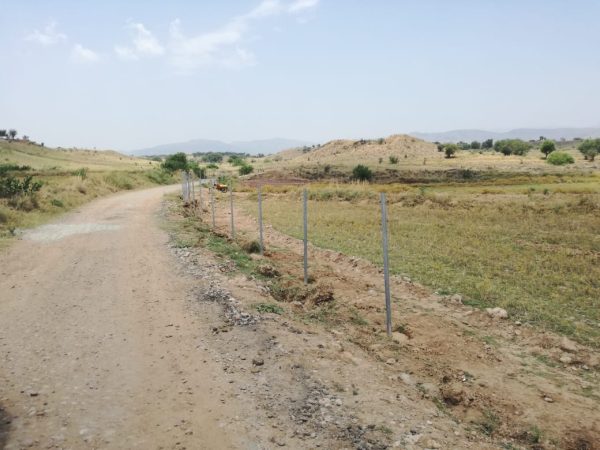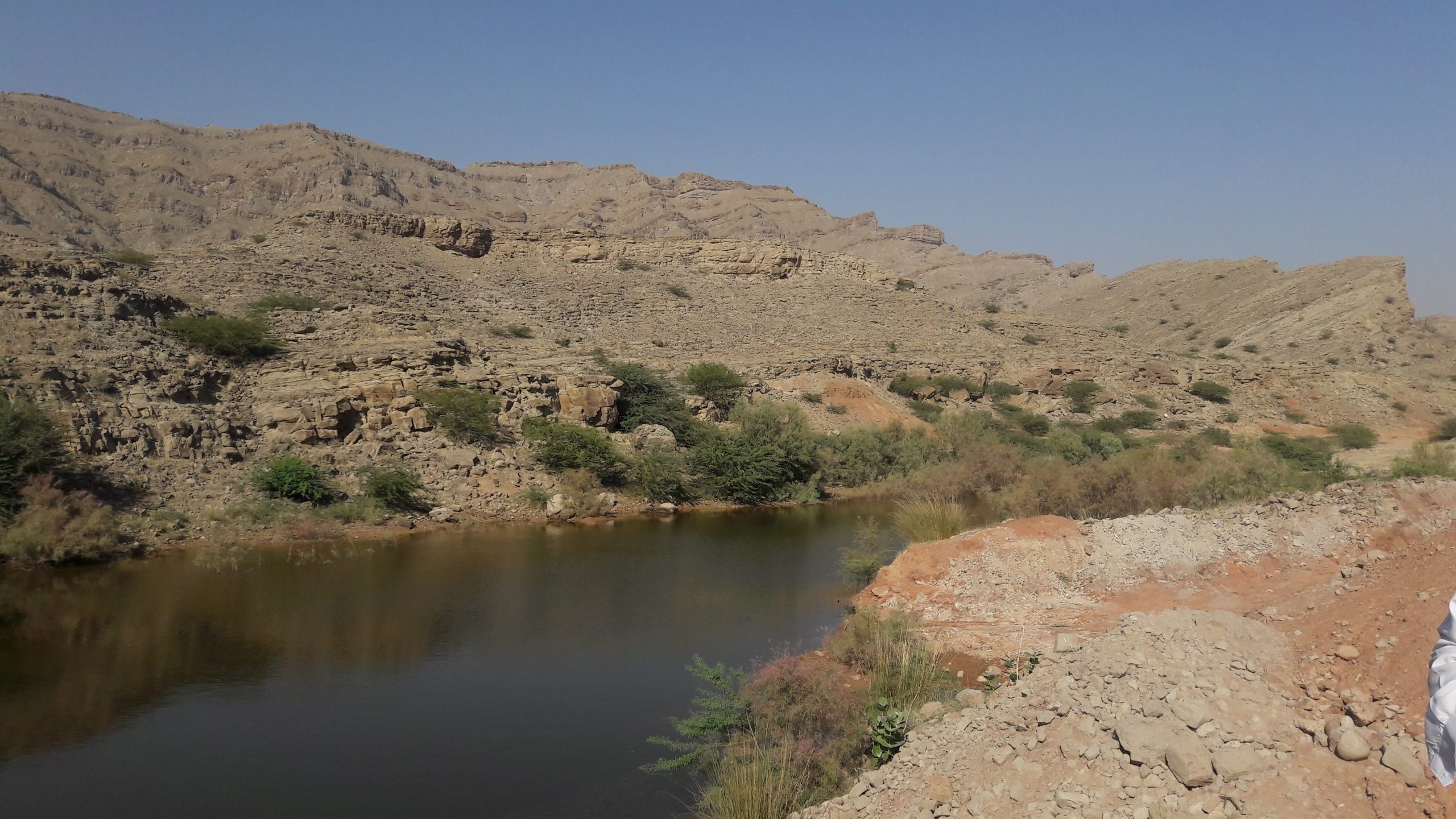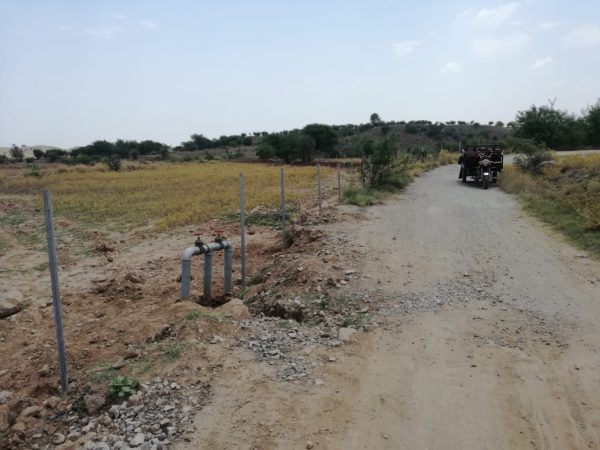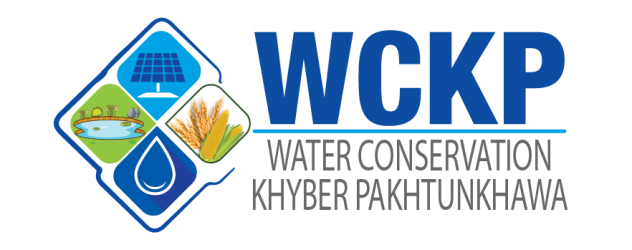MICRO-WATERSHED DEVELOPMENT
INTRODUCTION

Watershed is defined as any surface area from which runoff resulting from rainfall is collected and drained through a common point. It is synonymous with a drainage basin or catchment area. Some watersheds are very small while other watersheds are very large and may cover thousands of square miles.


BENEFITS OF MICRO-WATERSHED DEVELOPMENT

- A watershed provides safe drinking water and food, enables us to adapt to the impacts of climate change more easily by cooling the air and absorbing greenhouse gas emissions, and provides natural areas for people to keep active.
- A watershed conserves water, promotes streamflow, supports sustainable streams, rivers, lakes, and groundwater sources, enables healthy soil for crops and livestock, and also provides habitat for wildlife and plants.
- A watershed produces energy and supplies water for agriculture, industry and households. Forests and wetlands help to prevent or reduce costly climate change and flooding impacts, manages drought, contribute to tourism, fisheries, forestry, agriculture and mining industries.
Development of 70 micro watersheds will make7,000 acres land usable for agriculture
TARGETED IMPACTS
- A total of 70 micro watersheds have been planned to develop during the project tenure.
- 7000 acres of land will be converted from culturable waste to agriculture, forest and fisheries purposes.
- Farmers income will be enhanced with the increase in agricultural land.
- Approximately 14000 farmers will be engaged in agricultural/livestock activities.
- Almost 14000 labor will be directly benefitted during the construction watersheds.

TARGETED IMPACTS
- Watershed is an area where runoff water resulting from rainfall is collected and drained through a common point.
- A total of 70 micro watersheds have been planned to develop during the project tenure.
- 7000 acre land will be converted from culturable waste to agriculture, forest and fisheries purposes.
- Farmers income will be enhanced with the increase in agricultural land.
- Approximately 14000 farmers will be engaged in agricultural/livestock activities with the development of these watersheds.
- Almost 14000 labor will be directly benefitted during the construction activities of these watersheds.
